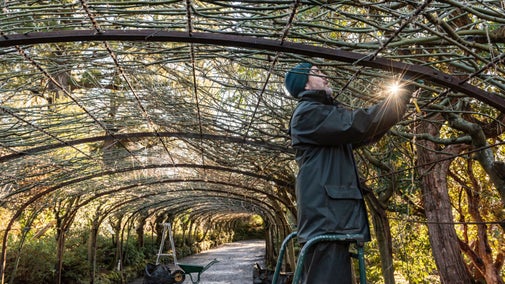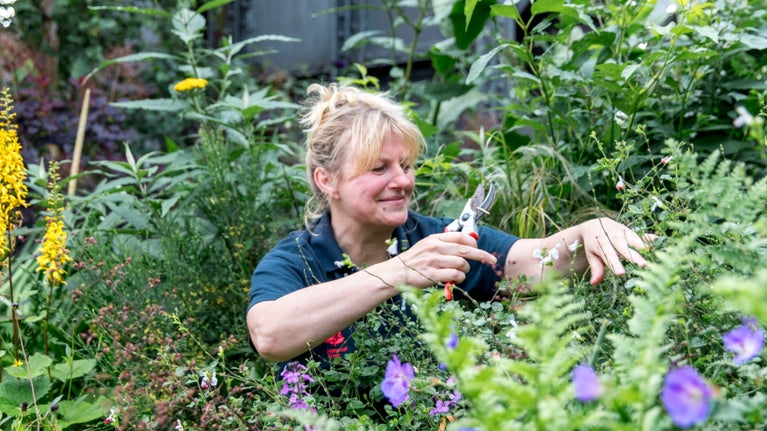
Get gardening
Our gardeners are on hand with ideas for your garden, plot or window box. From planting veg to tackling weeds, they’ve got all the important topics covered.

Growing your own fruit and vegetables or even just buying seasonal food is a great way to help the environment. It reduces food miles and the need for plastic packaging, both of which contribute to climate change. From January to December discover what to harvest, plant and buy each month with our guide to seasonal food.
Get the New Year off to a good start by tucking into the best fresh veg available in gardens, allotments and shops. Despite the cold weather, tasty veg such as parsnips, swedes and leeks should be at their best. Meanwhile nutritious microgreens, the first leaves of herbs and salad vegetables, can be grown on windowsills indoors.
February can feel like winter has gone on too long – cheer yourself up with hearty, warming stews made from tasty root veg. Or, if you grow your own veg, start to prepare for spring by planning your veg patch and ordering your seeds.
Spring is on the way so celebrate with delicious purple-sprouting broccoli. At the end of the month, in the allotment or veg patch, you can start to sow the hardiest veg including spinach, lettuce and carrots.
The ultimate seasonal treat for April is asparagus. Enjoy it while you can as the season for British crops only lasts about 6 weeks. The ground should be warm now for sowing all sorts of hardy veg outside and you can start tender crops off indoors.
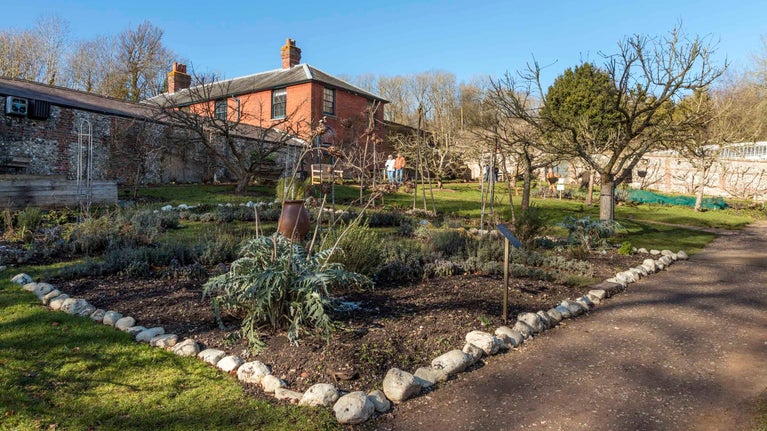
Now is the time to enjoy your very first delicate salads and sweet spring cabbage. The reliably warmer weather towards the end of this month makes it a good time to move tender plants like tomatoes and cucumbers, which were started indoors, out into the garden or allotment.
Spring-sown veg crops are finally ready to harvest, as are some soft fruit. This is the month to eat locally grown strawberries, which have been ripened outside in the summer sunshine.
Summer is fully under way and allotments and growing spaces are brimming with salad leaves, vegetables and berries. It’s the best time for new potatoes and a wealth of other seasonal foods.
Heat-loving crops like tomatoes, cucumbers and chillies are in their prime now. Even aubergines and peppers, which are imported to the UK all year round, can be found growing in British greenhouses and veg gardens this month.
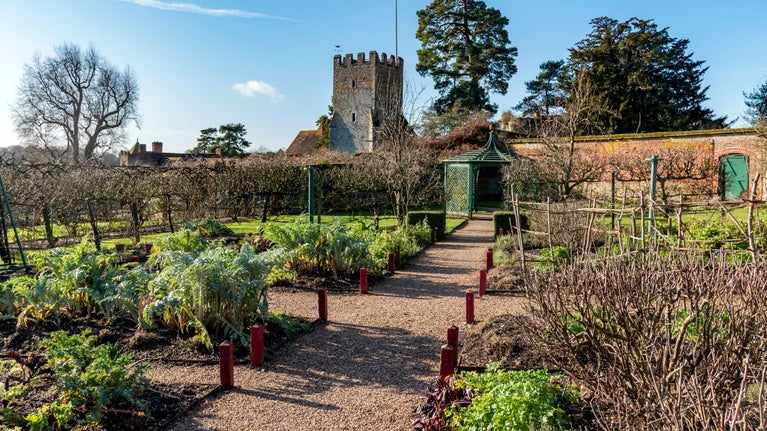
September is probably the most abundant month for British grown produce. Summer crops, such as salads, tomatoes, courgettes, cucumbers and runner beans are still highly productive. Meanwhile autumn crops such as apples, pears, squash and leeks are nearly ready for harvesting.
As the nights draw in and the weather gets colder, we all enjoy tucking into warming dishes of food. Hearty stews, bakes and soups can all be made from the seasonal fruit and veg that you can harvest or buy at this time of year.
Tasty and nutritious root vegetables are abundant in November and make the perfect ingredients for recipes of all kinds. This is a good month to sow broad beans outside for earlier crops next year.
Whether you want to cook an extravagant Christmas feast with all the trimmings or a comforting bowl of soup to warm up after a bracing winter walk, there are still lots of fresh ingredients you can harvest from the garden or buy locally.

Our gardeners are on hand with ideas for your garden, plot or window box. From planting veg to tackling weeds, they’ve got all the important topics covered.
Make the most of your garden or growing space this spring with tips and advice from our gardeners. Find out about pruning shrubs, preparing flower borders, planting early vegetables and choosing the best blossom trees.

Find out how to get more out of your blooms this summer as our gardeners share their tips on how to garden during the warmest season.

Would you like to get more out of your garden this autumn? Our experts share their tips on how to prepare your green space for colder weather and keep your plants thriving.
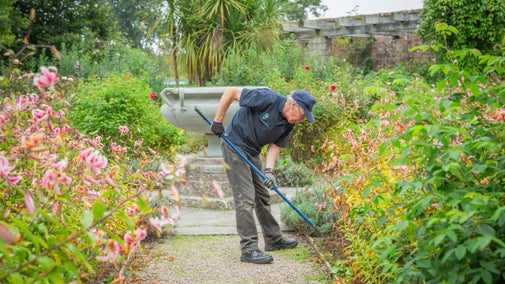
Keep your garden or green spaces thriving with our winter gardening tips. There are plenty of jobs to keep you busy, from protecting your plants and wildlife to planning ahead for warmer days.
